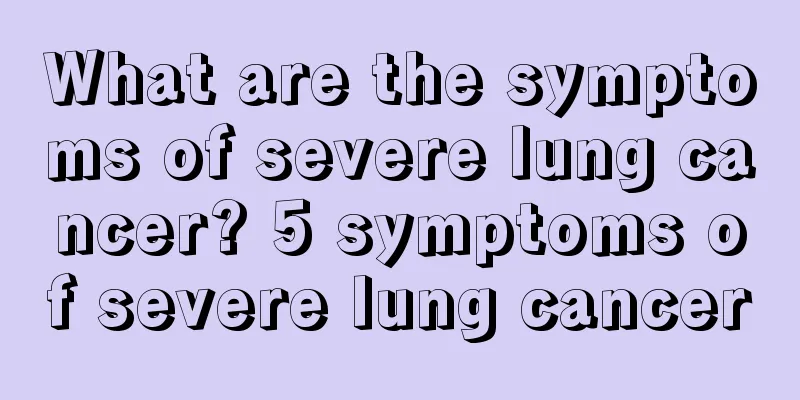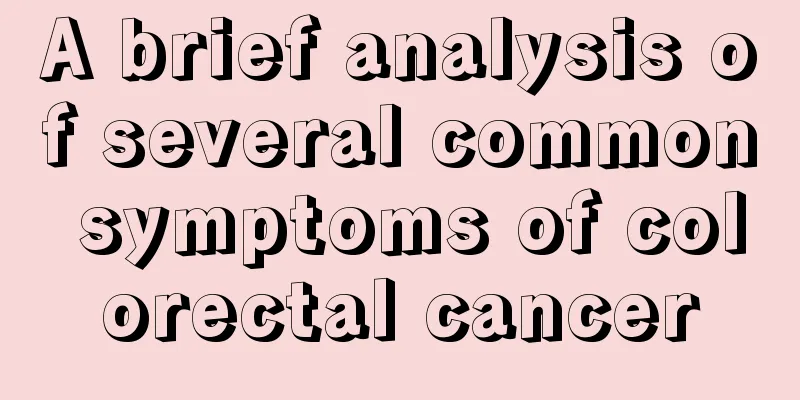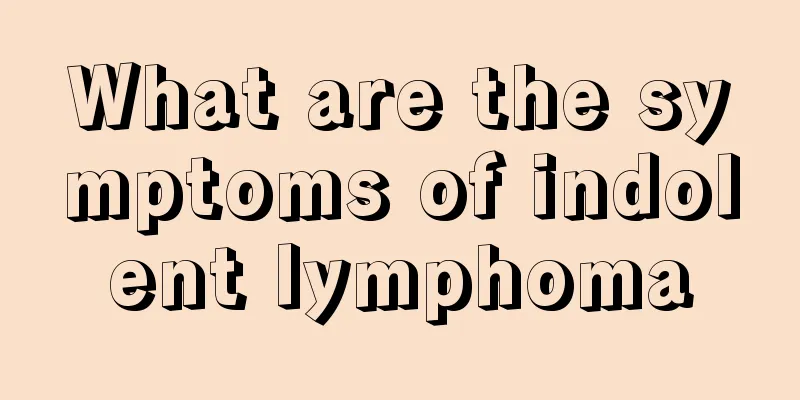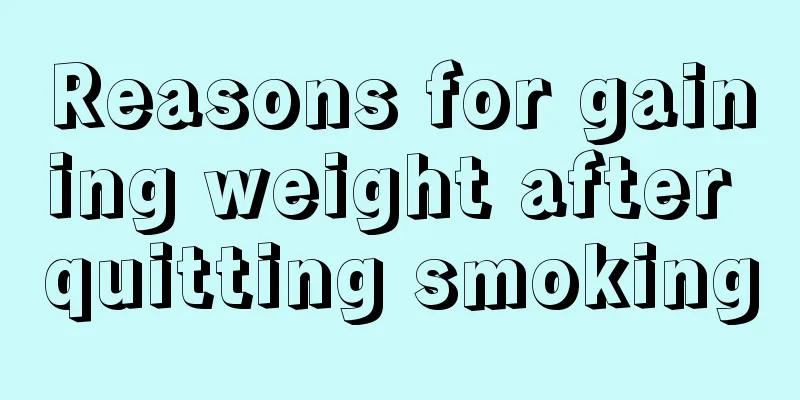Sinus tachycardia in adolescence, this is a good way to prevent it

|
The occurrence of sinus tachycardia during adolescence must be a sign of a certain disease, and correct treatment must be given according to the cause and symptoms of the disease. Prevention is also very important. You must develop a regular daily life and participate in appropriate exercise, but you must not overwork. 1. Symptoms Sinus tachycardia has no special symptoms and is often caused by other diseases. Its clinical symptoms are related to the degree to which the increased heart rate affects hemodynamic disorders and is also related to the underlying heart state. When the heart rate increases slightly, cardiac output increases, the heart's working efficiency increases, and the patient may not have any symptoms. When the heart rate is too fast, the patient may experience symptoms such as palpitations, shortness of breath, chest tightness, irritability, and even chest pain. Symptoms also vary greatly from person to person. Normally, the heart's working efficiency is at its highest when the heart rate increases from about 70 beats/min at rest to about 2.5 times (180 beats/min). When it exceeds 180 beats/min, the heart's working efficiency is significantly reduced and cannot meet the body's needs. This is because when the heart rate is >180 beats/min, myocardial oxygen consumption increases significantly, coronary blood flow decreases (more obvious in patients with coronary heart disease), the end-diastole is shortened, ventricular filling decreases, and cardiac output per beat decreases. The prognosis of sinus tachycardia is related to the heart rate and underlying heart condition. Patients with mild tachycardia, heart rate <150 beats/min, and no organic heart disease have a good prognosis. If a person has organic heart disease, a heart rate of 150 beats/min can increase myocardial oxygen consumption and reduce cardiac output, thus aggravating the original heart disease. 2. Prevention: 1. Actively treating the primary disease and eliminating the inducement is the key to reducing the incidence of sinus tachycardia. 2. Avoid mental stress, quit smoking and drinking, and reduce the risk factors of this disease; maintain a regular daily routine, eat properly, and avoid overwork; do adequate physical exercise to prevent colds. Drug therapy may control recurrence by directly acting on the reentry circuit. Indications for drug treatment include patients whose attacks are frequent, affect their normal life or whose symptoms are severe but who are unwilling or unable to undergo catheter radiofrequency ablation. Patients with occasional, brief, or mild tachycardia episodes may not need medication, or may be given medication when necessary. Avoiding mental stress and excessive fatigue, maintaining a regular life, daily routine, being optimistic and emotionally stable can all reduce the recurrence of the disease. Avoid spicy and irritating foods; quit smoking, drinking and coffee; eat light meals. |
<<: What are the symptoms of high blood sugar after a meal
>>: What medicine is effective for itchy throat and phlegm
Recommend
Is it good for children to sleep in sleeping bags?
Sleep is very important for children. Children ar...
What medicine should I take for insufficient kidney essence and qi
For male friends, the kidney is a very important ...
What are the symptoms of endometrial cancer? Pay attention to these situations
Endometrial cancer is a uterine problem. Patients...
How much does chemotherapy for colon cancer cost?
The cost of a single chemotherapy treatment for c...
Which kind of pan is good for cooking
China is a country of delicious food. Chinese peo...
4 functions and 3 effects of lily
Lily is a tonic containing multiple nutrients. Ch...
Do you know what the early symptoms of liver tumor are?
Liver tumors are very harmful to patients and can...
What is the most serious case of osteosarcoma
If you have osteosarcoma, you must seek medical t...
Are there many ways to check for bladder cancer?
The bladder is an organ that stores urine. Bladde...
The most effective way to stop nosebleeds
In daily life, many people have experienced noseb...
How to regulate and control your emotions
Nowadays, people are under more and more pressure...
Why does white spots appear on aloe vera?
I believe everyone is familiar with aloe vera. Al...
What are the symptoms after colon cancer metastasis to the liver area
What are the symptoms after colon cancer metastas...
How to replace teeth after tooth extraction
Some people are not clear about how to get dentur...
My hands are weak and numb, what's going on?
Some patients often feel numbness in their arms a...









